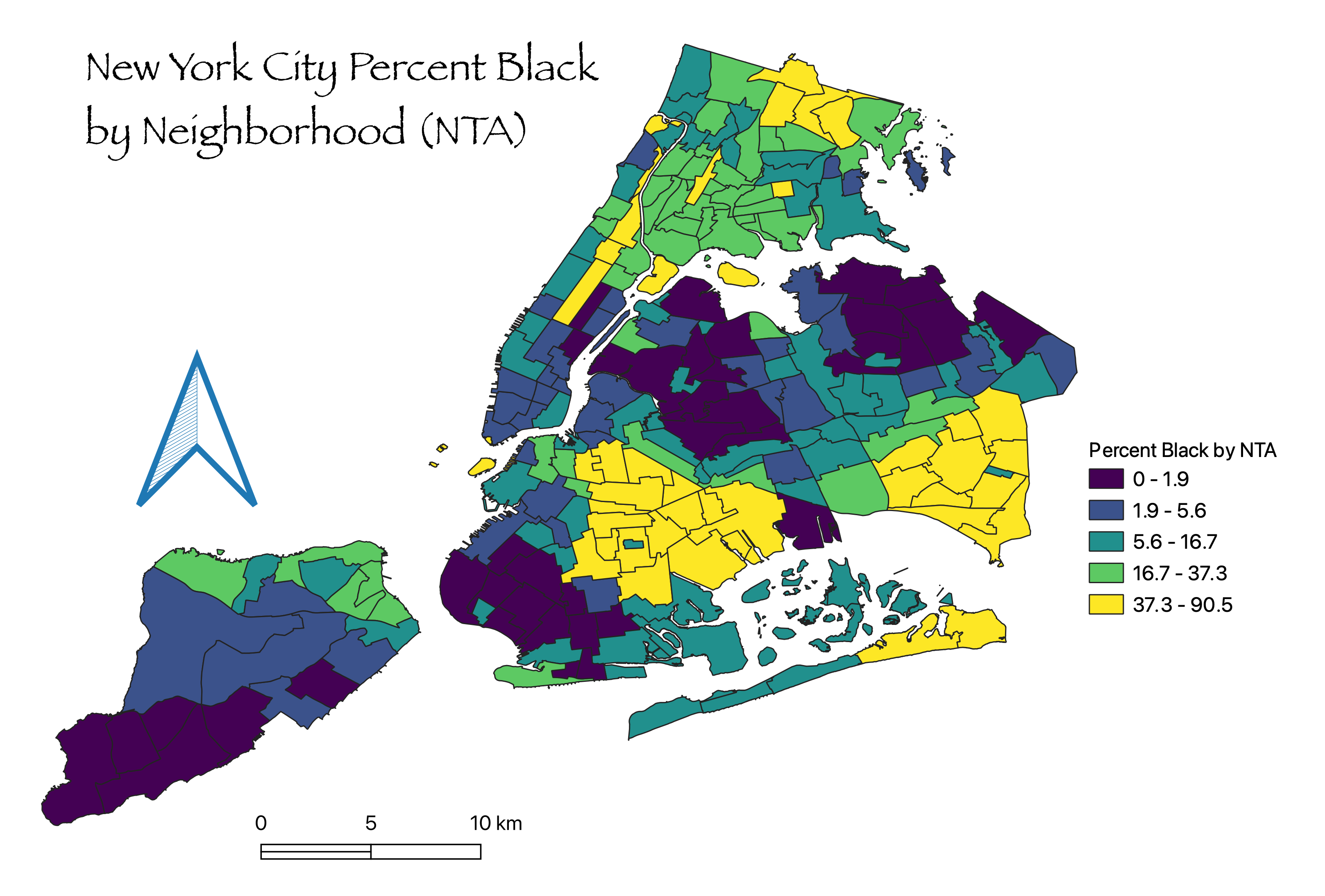
It is common to feel behind the curve when getting started with a digital research project, or when trying to incorporate a more thoughtful approach to digital pedagogy in the classroom. So many tools, so many platforms, so much history and theory, such contentious politics behind our decisions. Where do we begin? How do we keep up? It’s all rather overwhelming!
In this blog post, I want to explore a rich and growing resource that has helped me get started and think differently about digital scholarship: The Journal of Interactive Technology and Pedagogy (JITP). JITP is an open-access peer-reviewed academic journal that promotes “open scholarly discourse around critical and creative uses of digital technology in teaching, learning, and research.” Regularly publishing a variety of short and long-form articles, it provides a rich and growing collection of reviews, arguments, and advice on digital humanities / computational social science.
I have found JITP’s short-form articles to be particularly helpful in my research and teaching as these contain very helpful practical suggestions that can be readily applied. These short-form articles can be:
- Assignments – This section publishes syllabi, lesson plans, and assignments that make significant use of digital pedagogy. Emphasizing both the benefits as well as the challenges of the approaches suggested, the articles in the Assignment section provide a balanced perspective on becoming a more digitally sophisticated teacher. Some especially interesting posts include Chen Gao’s “A Learning Success Story with WeChat,” which discusses how the author used China’s most popular social networking app, WeChat, to create a vibrant transnational learning community for an Advanced Chinese language course; as well as Ben Spanbock’s “Finding Voice in the University Bridge Program: Online Audio Publication and the Personal Narrative,” which explores the use of digital voice recording apps to strengthen writing and speaking skills.
- Blueprints – Featuring “short recipes” for digital teaching and research, the Blueprints section publishes articles that provide a series of replicable steps that help use and understand specific tools or platforms. I particularly value these articles because of their explicitly practical tone that helps get the job done. Fred Cheyunski’s “Developing a Small-Scale Graph Database: A Ten Step Learning Guide for Beginners” is an excellent example of a Blueprint article. It provides a series of clearly written steps to help non-programmers use graph data base (GDB) applications for network analysis.
- Reviews – As its name suggests, this section reviews new and important texts in the fields of digital humanities and computational social science. I have found the Reviews section to be essential in helping me keep abreast of the latest developments and current trends of the field. Among my favorite reviews is the one of the 2016 NYCDH Week workshops. Written by students and faculty from the Pratt Institute School of Information, these workshop reviews provide an insightful look at the incredible range of digital scholarship work being done, while also emphasizing its collaborative and experimental nature.
- Teaching Fails – Among the more idiosyncratic genres of academic prose, the Teaching Fails section presents narratives of failure that provide opportunities to reflect on what went wrong. I have found this section to be particularly helpful in teaching me how to learn from technical difficulties or from experiments that don’t quite work out. As a sample article, I would highly recommend Lisa Beckelhimer’s “Process over Product: Allowing Student Researchers to Think for Themselves,” in which she discusses better ways of getting students to think critically when using search engines.
- Tool Tips – This section reviews the pedagogical affordances and limitations of a single digital tool or a range of related tools. I have found this section to open a variety of possibilities for aligning my learning goals with some of the better practices in digital pedagogy, allowing me to imagine new classroom activities as well as rethink major assignments. I would recommend checking out Vander Tavares’s “Maximizing ESL Classroom Instruction Time: Using a Mobile App to Facilitate Speaking Practice,” to get a sense of what the Tool Tips are like. I really like this article because it displays a very well thought-out use of one of the most common apps found in all smartphones. By using the voice recorder app, Tavares’s ESL students can complete and submit assignments, as well as practice their speaking skills in their own time.
If you are looking to get started with a project or looking to change your own teaching style, these JITP provides a wealth of resources to begin. Alternatively, if you are well along your way with your project, you might even consider submitting short form piece of your own! Do you have any other similar resources to suggest? Please mention them in the comments below!






